Find a Provider
(801) 429-8000
1055 North 500 West
Provo, UT 84604
Posted by Revere Health
January 19, 2016 • Wellness Institute
For many people, with a new year comes new—or renewed—fitness goals. Motivation may be high in the beginning, but what about those days when our resolve is lacking or we’re just too tired to fit in a workout? Here are 14 ideas to help keep you on track:
Getting involved with any type of fitness class, like Zumba, can help provide some motivation. Classes are also a great activity for friends, or a chance to make new ones. Find a class you are interested in, or be brave and try a new one! Revere Health’s Wellness Institute has a Zumba class Wednesday evenings at 5:30 pm.
Walking for exercise may get disregarded since we do it all the time, but our bodies are burning energy nonetheless. Walking is a good alternative when you’re tired, because it’s simple, doesn’t require much thought, and is convenient: use a treadmill or hit the pavement! For a short, but intense workout, increase the incline on the treadmill or walk up some hills.
You don’t need fancy equipment to get a good workout; all you need is your own body weight. Common calisthenics exercises include: push-ups, sit-ups, pull-ups, lunges, squats, jumping jacks, tricep dips, and planking. Body weight exercises can be adjusted to your intensity level, so do a few circuits of exercises and you’re done in about 20-25 minutes. Remember to avoid heavy weights when you’re feeling tired!
If you have a particular schedule and want to stick to it, simply shorten the amount of time or reps. Some research suggests that shorter workouts can increase resting metabolic rate (RMR) and improve bone density.
High-Intensity Interval Training (HIIT) has become very popular recently because it’s short and effective, lasting between 15 – 30 minutes. HIIT has been shown to boost metabolism, burn fat, increase endurance, build muscle, and can be applied to almost every type of exercise. Here’s an example workout for the treadmill:
HIIT has been shown to boost metabolism, burn fat, increase endurance, build muscle, and can be applied to almost every type of exercise. Here’s an example workout for the treadmill:
Warm-up – 2 minutes @ 2-4 mph
*repeat jog and sprint sequence 7x*
*repeat recover, jog, sprint sequence 6x*
This type of HIIT workout lasts 5-20 minutes—perfect for when you lack motivation. These exercises can be done at home since you use your own body weight. Usually, workouts consist of 8-10 intense exercises broken down in four rounds with each exercise done for 20 seconds (resting for 10 seconds in between reps if you want). For example:
For example:
*rest and repeat 2-4 times*
This targets major muscle groups of the lower body, so you’ll be burning plenty of calories, even in a short duration. You don’t really have to think about much; just climb! Use the machine at the gym, an aerobic step, your stairs at home, or hit the football bleachers at your local high school.
Workout during your favorite show. Do some body weight exercises during the show (squats, lunges, crunches, tricep dips, etc.), then do cardio during the commercials (jogging/marching in place, jumping jacks, front kicks, etc.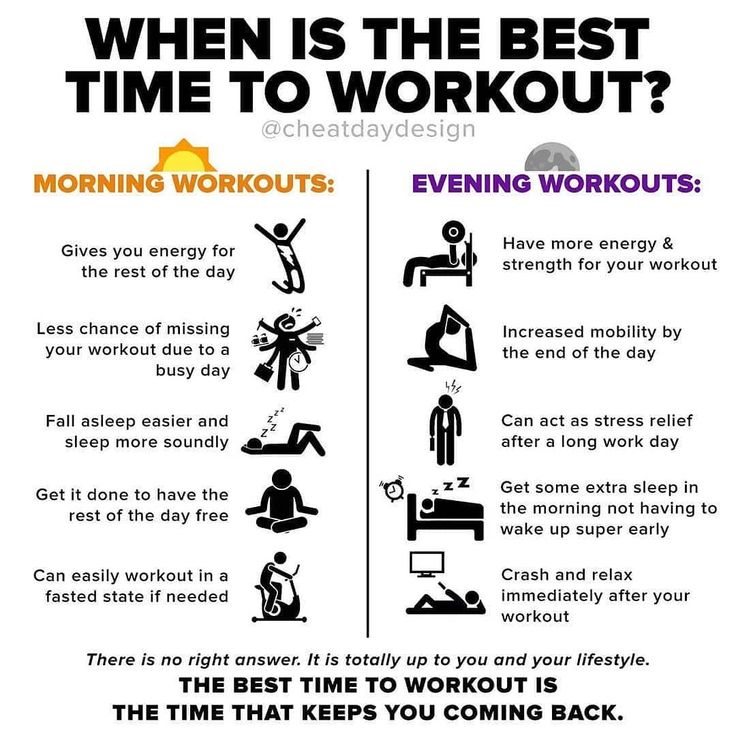 ).
).
Another workout you can do at home or in the gym. Targeting your abs is a great way to increase core stability and strength, without feeling super wiped out.
Have the motivation but not the energy? Yoga is the way to go. It’s a good alternative to help your body refocus and rejuvenate. The fluid movements of yoga keep your muscles strong, improve flexibility, and can reduce stress. Revere Health’s Wellness Institute offers a yoga class Monday and Thursday nights at 5:30 pm.
Stretching is vital to your body’s overall fitness and wellness. Intense workouts cause lactic acid to build up in your bloodstream, and muscle recovery causes soreness and stiffness. Stretching, drinking plenty of water, and adequate rest will help alleviate muscle soreness and get rid of lactic acid buildup. By taking time to stretch before and after your workout, your flexibility will improve, your risk of injury lessens, and your circulation will increase.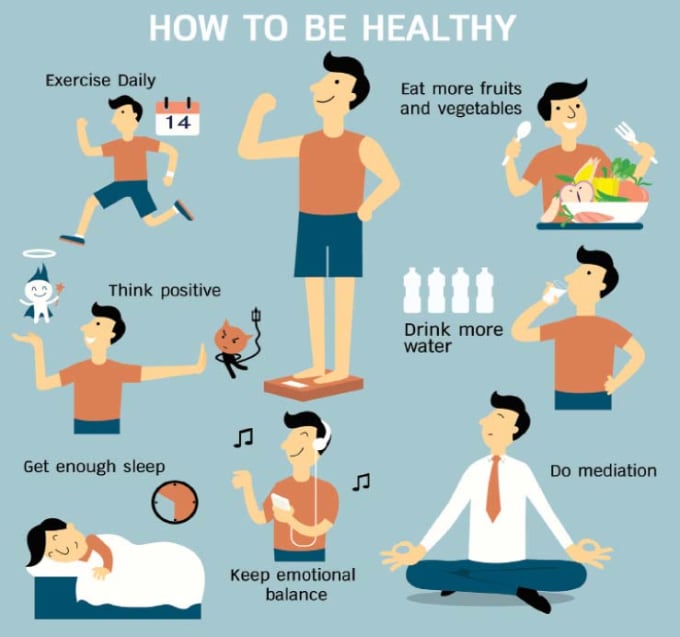 On days you feel too sore or fatigued, a relaxing stretching session can go a long way.
On days you feel too sore or fatigued, a relaxing stretching session can go a long way.
People don’t usually associate this with fitness, but you’re moving your body and burning calories while cleaning up your place, sometimes for up to 2 hours! Think about it: you use your arm muscles for polishing, your arms and core for sweeping, mopping, and vacuuming, and your legs by going up and down the stairs. Once you’re finished, you’ve got the house tidied up and your workout is done at the same time. Double accomplishment!
This is also known as self-myofascial release (SMR), which is used by Physical Therapists for muscle recovery and to prevent muscles from becoming overactive. This can help improve your movement and is stress-free. Be sure to focus on your hips.
Ask yourself: am I truly exhausted, or am I choosing not to move? There are days when you just need to sleep. If you didn’t sleep enough, then head to bed and not the gym.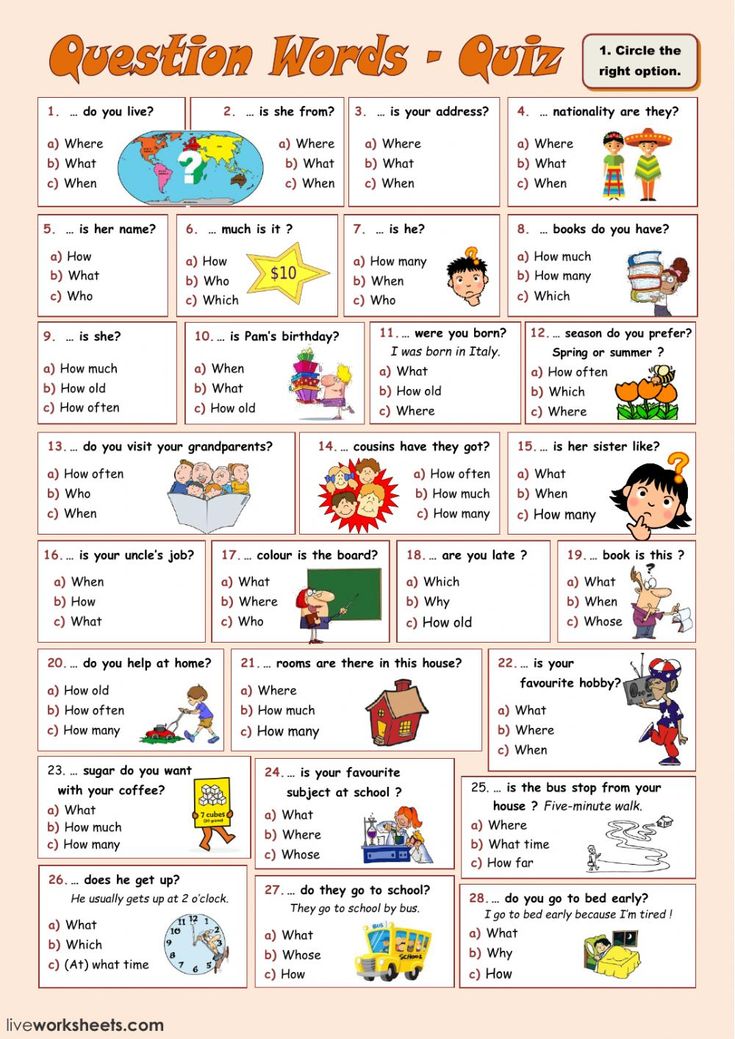 If you injure yourself, give your muscles some recovery time; you don’t want to trigger a cycle of fatigue.
If you injure yourself, give your muscles some recovery time; you don’t want to trigger a cycle of fatigue.
The Active Times
WRITTEN BY:
Learn more about Telehealth
February 15, 2023
February 15, 2023
February 7, 2023
February 7, 2023
January 5, 2023
January 5, 2023
December 20, 2022
December 20, 2022
See more posts
This information is not intended to replace the advice of a medical professional.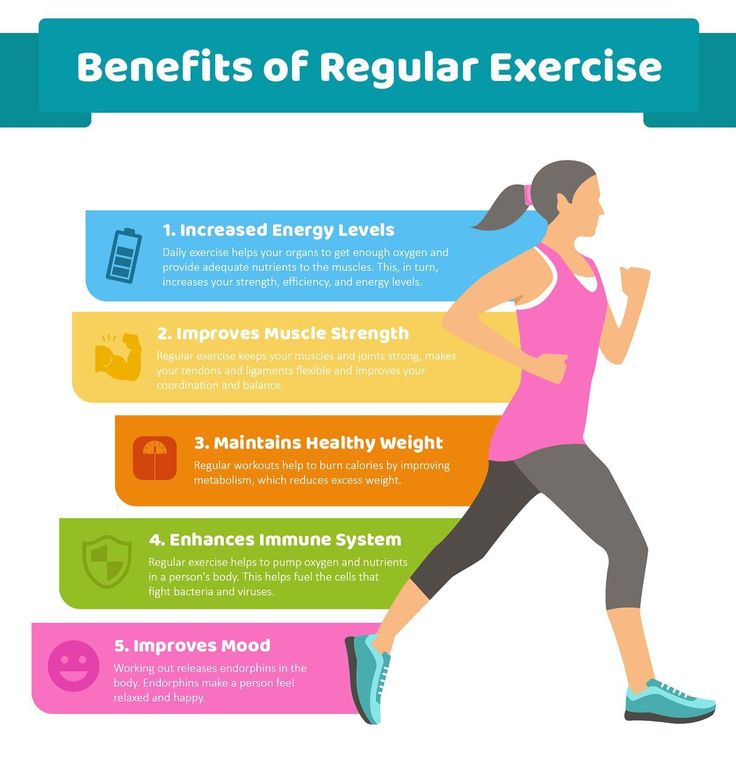 You should always consult your doctor before making decisions about your health.
You should always consult your doctor before making decisions about your health.
Editor’s Note: Seek advice from a health care provider if you have chronic sleep loss and also prior to starting a workout program.
CNN —
It’s the end of another long day at the office after a poor night’s sleep. As usual, you’re exhausted, yet you want to stop at the gym on the way home to get the exercise you need to stay healthy.
Office routine. Back view of young employees working on computers while sitting at desk in modern open space.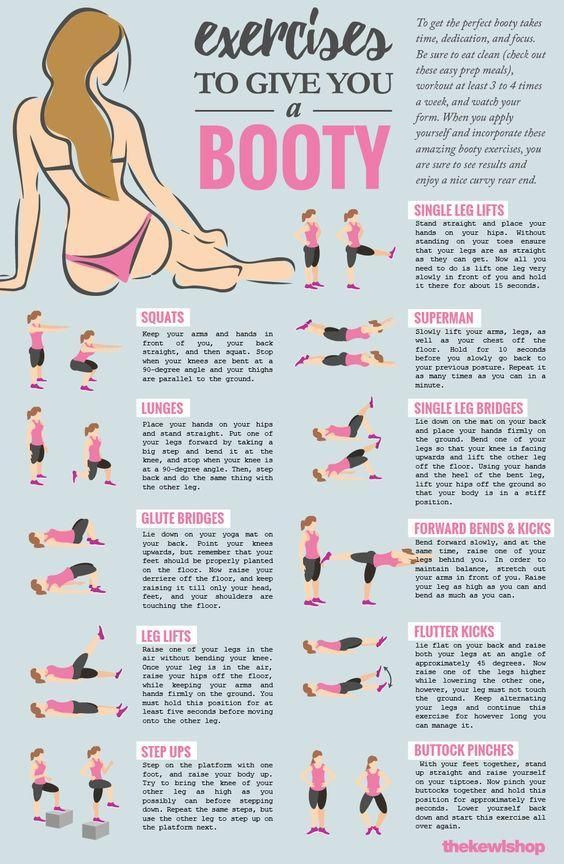 Job concept. Workplace
Job concept. Workplace
Sitting too much is bad for your health, but offsetting the impact is easy, study shows
Should you work out when you are suffering from chronic sleep loss?
This conundrum is a widespread problem, considering 1 in 3 Americans are sleep deprived, according to the US Centers for Disease Control and Prevention.
“It is definitely a bidirectional relationship, not one or the other,” said Dr. Phyllis Zee, director of the Center for Circadian and Sleep Medicine at Northwestern University’s Feinberg School of Medicine in Chicago.
Phyllis Zee, director of the Center for Circadian and Sleep Medicine at Northwestern University’s Feinberg School of Medicine in Chicago.
“First, there is clear data to show that regular exercise improves sleep quality — moderate exercise in the morning, afternoon or very early evening can improve deep sleep,” Zee said.
Deep sleep is the healing stage in which your body repairs and restores itself. Also called “slow wave” sleep, it can only be achieved if your sleep quality is good, with few to no nighttime interruptions.
Should you exercise when you're exhausted? It depends, experts say.
whyframeshot/Adobe Stock“Research also shows that if you sleep better, you’re more likely to be able to engage in exercise and your physical activity levels are going to be higher,” Zee said.
“So I would say that even if you have had a bad night’s sleep, you should maintain your physical activity.”
To be healthy, the body needs to move through four stages of sleep several times each night. During the first and second stages, the body starts to decrease its rhythms. Doing so prepares us for the third stage — a deep, slow-wave sleep where the body is literally restoring itself on a cellular level, fixing damage from the day’s wear and tear and consolidating memories into long-term storage.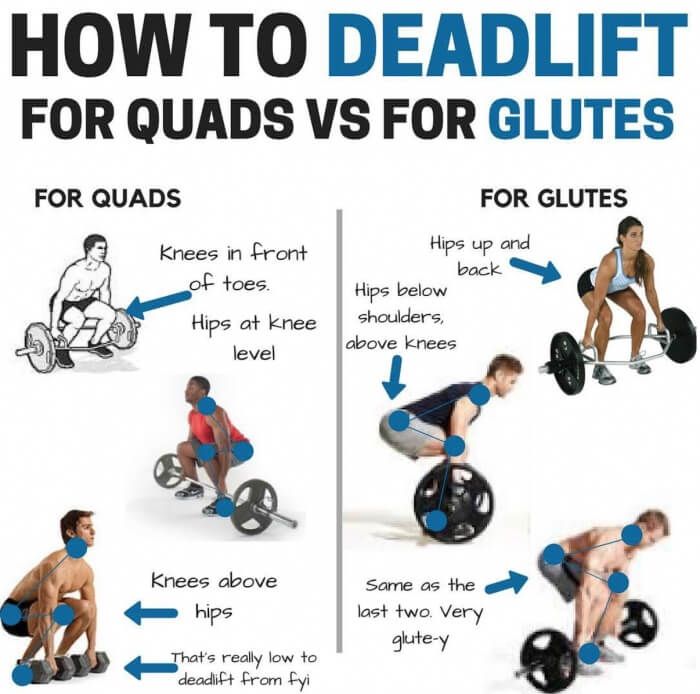
Rapid eye movement sleep, called REM, is the final stage in which we dream. Studies have shown that missing REM sleep may lead to memory deficit and poor cognitive outcomes as well as heart and other chronic diseases and an early death.
On the flip side, years of research has found sleep, especially the deepest, most healing kind, boosts immune functioning.
Since each sleep cycle is roughly 90 minutes long, most adults need seven to eight hours of relatively uninterrupted slumber to achieve restorative sleep and be healthy, according to the CDC.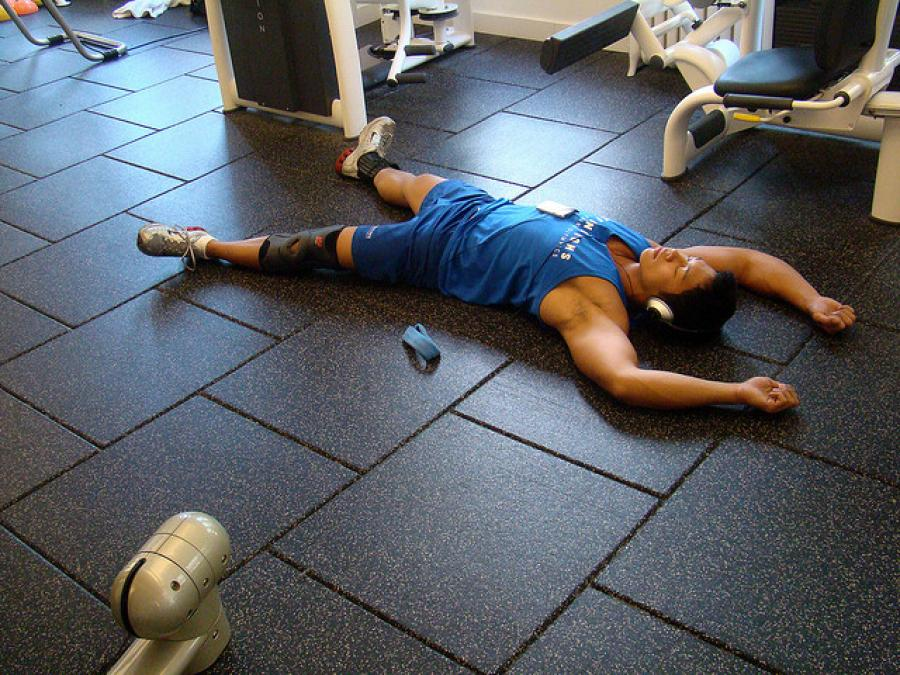 Sleep debt, along with irregular sleep duration, has been linked to an increased risk of obesity, heart disease, dementia and mood disorders such as anxiety and depression.
Sleep debt, along with irregular sleep duration, has been linked to an increased risk of obesity, heart disease, dementia and mood disorders such as anxiety and depression.
One night of poor sleep shouldn’t have to impact your workout routine, but chronic sleep deprivation leading to multiple days of exhaustion is another matter, experts say.
It may not be wise to hit the gym or play a sport when you’re barely putting one foot in front of the other, said sleep specialist Dr. Raj Dasgupta, an associate professor of clinical medicine at the University of Southern California’s Keck School of Medicine.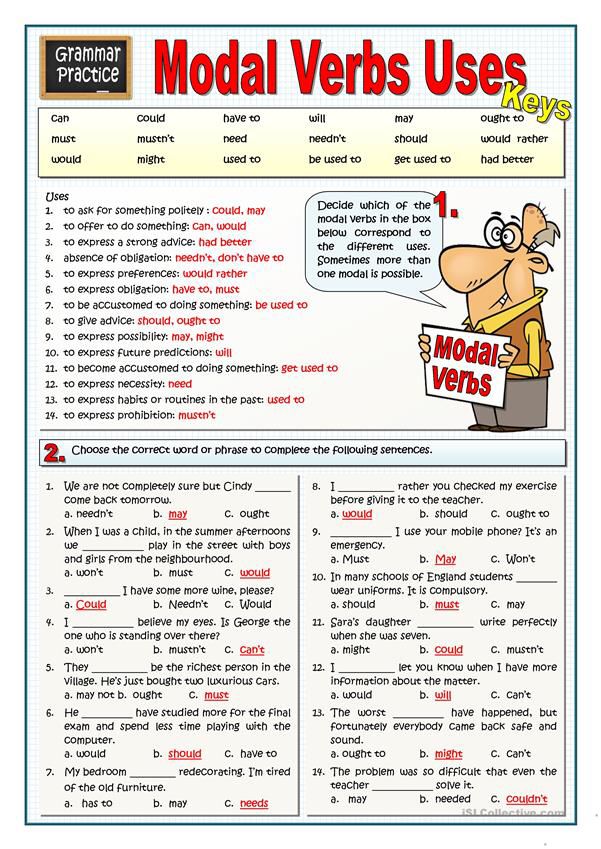
21 September 2020, Bavaria, Allmannsdorf: Two women walk in the evening sun on the dam of Lake Brombach with Nordic Walking sticks. Photo: Daniel Karmann/dpa (Photo by Daniel Karmann/picture alliance via Getty Images)
Daniel Karmann/picture alliance/dpa/Getty ImagesWhat you should know about the most underrated form of exercise
“Without sleep, your muscles can’t recover from the stress you put them through during workouts. It doesn’t do you much good to keep breaking down your muscles without giving them time to recover and grow stronger,” Dasgupta said.
In addition, you’re more likely to suffer an injury when you’re exhausted, he explained, due to slowed reaction times from your tired brain working to make decisions during the workout or sport.
“Poor sleep can also affect your motivation to exercise in the first place. You might find yourself dreading your normal workouts and hating every minute in the gym, which is not good for long-term adherence to a fitness plan,” Dasgupta said.
In addition, sleep deprivation can lead you to make poor food choices, which affect your fitness and physical performance, he said.
So it’s not a good idea to work out while extremely tired, but you will also sleep better and get more out of exercise if you do. What’s the answer?
What’s the answer?
The Watergate Steps between the Potomac River and the Lincoln Memorial are a popular spot to watch the sunset or run the steps for exercise in Washington, DC.
Jonathan Newton/The Washington Post/Getty ImagesStudy reveals impact 10 minutes of exercise can have on adults over 40
Use common sense, Zee said. “If you’re not sleeping well, don’t go for that intense workout, right? Walk or do yoga instead, but certainly maintain an exercise or physical activity regimen at the regular time of the day that you normally would be doing it.”
If you’re pressed for time, consider fitting in several short bouts of exercise throughout your day.
“Everything counts,” Dasgupta said. “Do anything that makes you feel happy and refreshed. This is about hitting the reset button for yourself, not doing some form of exercise because you feel obligated to.”
Sign up for CNN’s Fitness, But Better newsletter series. Our seven-part guide will help you ease into a healthy routine, backed by experts.
| » » Author: Timko Ilya - lord of the whole site and fitness trainer. All articles of the author >> Many people get quite tired at work during the day. Someone, no matter what, performs the workout in full. I believe this is incorrect. If you are very tired, the load must be reduced. Otherwise, you simply will not have time to recover. Read more about recovery phases here. And now I want to tell you about how to correct the workout if you are tired, but still dragged your body to the gym. There are 5 options here, depending on your training goals. 1. Eliminate a Few Ancillary Exercises This option is suitable for those who want to gain mass and increase strength. Local (auxiliary) exercises, where one muscle group is involved, do not play a decisive role in the growth of strength and mass. Therefore, you can remove from one to three of these exercises in training. This way you will reduce it and save energy. 2. Reduce working weights This option is well suited for those who want to lose weight or make the body more prominent. 3. Reduce the number of repetitions If your goal is strength, then instead of the ultimate bench press for 6 times, press the same weight for 4 times. Also, when working on volume, the number of repetitions can also be reduced. Typically 20% - 30%. 4. Reduce the number of approaches Pretty versatile option. And it can be implemented for any purpose. I would use it as a spare to the above options. That is, if you have reduced the number of repetitions, but still hard - remove 1 - 2 sets in 1 - 2 exercises. Or, if you want to lose weight and have reduced the weight of the dumbbells, you can remove a few sets if it’s really hard. 5. Combined option In general, it has just been described. Look at your feelings and the degree of fatigue. 5. Pre-workout complexes I talked about them in more detail in this article. Here I will just give a few good, in my opinion, pre-workouts:
Conclusion As you can see, there are several options. Each of them saves you energy. But you must use them according to your purposes. For example, if you want to lose weight, but reduce the number of repetitions and remove some of the exercises, such training will contribute less to weight loss. And in the end, I want to tell you one thought. If work interferes with training, quit this job! RELATED ARTICLES
|
Article content:
There are many reasons why you want to skip class, put off going to the gym and just lie still. Sometimes this state comes as a result of overwork, stress at work, but often it is banal laziness that prevents us from developing, improving and moving on. What to do in this case and is it worth skipping a workout?
Sometimes this state comes as a result of overwork, stress at work, but often it is banal laziness that prevents us from developing, improving and moving on. What to do in this case and is it worth skipping a workout?
Consider the possible cases why a person may feel weak and unable to play sports, unless, of course, the reason is laziness.
1. Busy class schedule. In order to achieve a good result, it is enough to practice 3 times a week for an hour. You can also supplement your workouts with aerobics classes 2 times a week for half an hour. If you practice more often, then most likely after a while you will simply fall from overwork.
2. Excessive duration. Long and vigorous training will not get you anywhere. Exercise wisely, alternating the load and increasing it.
3. Large weights. Consult with a trainer before you begin to work with weight. If you take too much weight, you will only hurt yourself and get injured.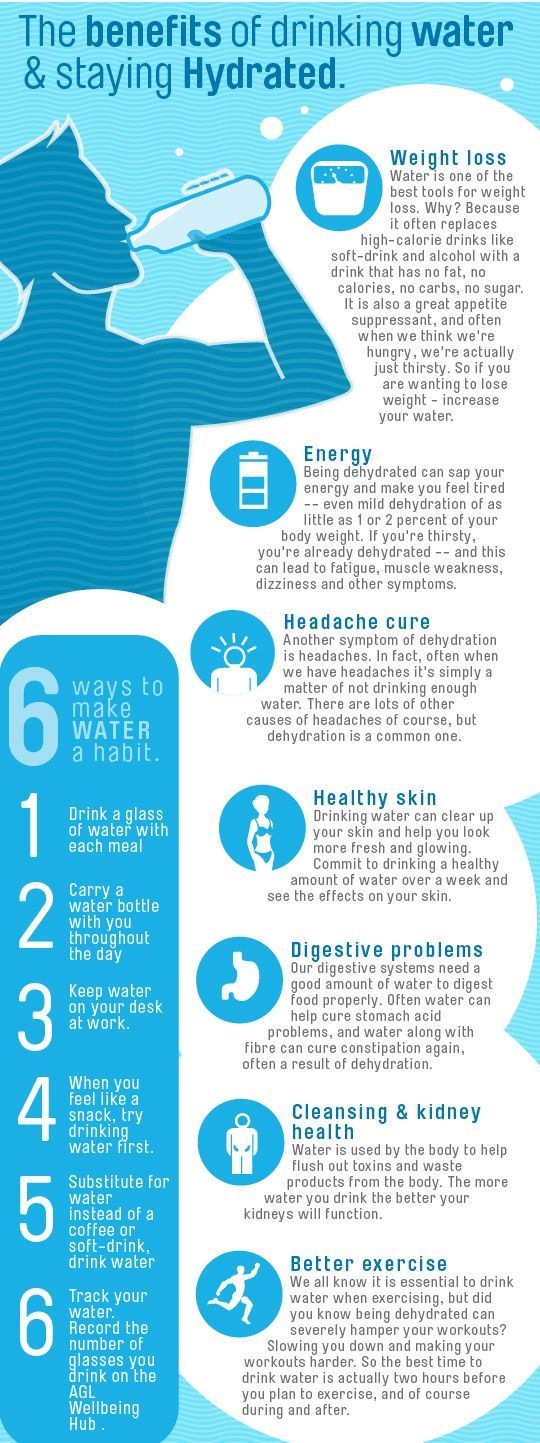
4. Wrong diet. The cause of persistent fatigue, drowsiness and other things may be a lack of nutrients, vitamins and minerals in the body. Eat at least 4 times a day. Have small snacks after workouts and 2 hours before class.
5. Lack of carbohydrates. Nutrition must be balanced. Add grains, fruits, vegetables, some nuts, oils to your diet.
6. A lot of work, things to do. If you have a nervous complex work, at the same time doing, for example, dancing or gymnastics, then it is not surprising that you experience a lack of energy. Try to help yourself by correcting your diet and streamlining your affairs.
7. Defective sleep. Include time for daytime sleep in your daily routine. Just 20 minutes several times a day, and you will feel many times better and more cheerful.
Some athletes take great pride in the fact that they can train through strength, in spite of crazy pain and fatigue. But not even every professional athlete can withstand such a rhythm. After all, there is a load not only physical, but also psychological.
But not even every professional athlete can withstand such a rhythm. After all, there is a load not only physical, but also psychological.
Overwork is always stress, so it is very important to train rationally, alternating load. It is moderate training that allows you to maintain the strength for normal life.
If you feel that you are about to give up, that you have no strength to go on and this is not because you are just lazy or do not want to leave the house in rainy weather? Stop, devote a day to yourself, help your body recover, gain strength, and only then return to classes. But it is also worth learning to feel and understand your body and its needs. Distinguish between a simple feeling of weakness that should be overcome and a complete breakdown, exhaustion. Listen to yourself and your body.
If you are very close to your goal but feel like you are going to slip, try the following:
control the power supply.